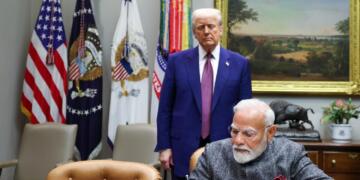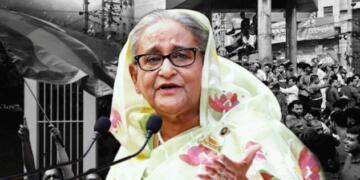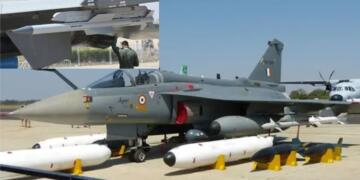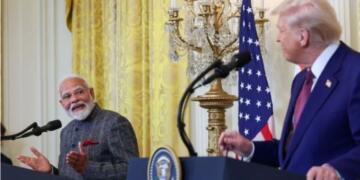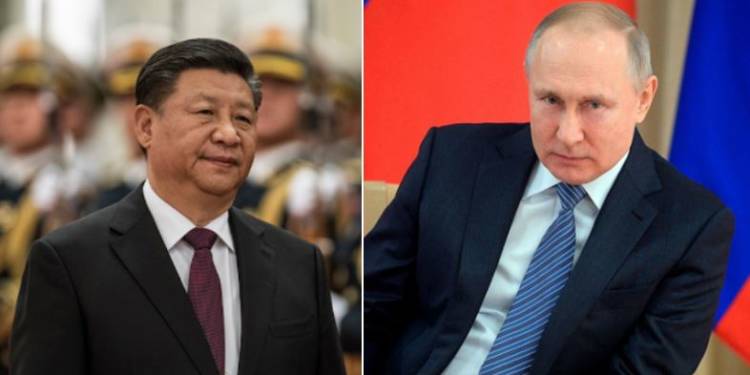The show of ostensible camaraderie between Russia and China is taking the backseat as Beijing is investing heavily in Serbia, a country which is traditionally seen as a strong Russian ally. Beijing is today using the Coronavirus Pandemic to get closer to Serbia. Recently, the Dragon delivered armed drones and missiles to the Eastern European country. The Russo-Serbian brotherhood is wearing out, but Serbia is not the only ally of Russia that China has been spreading its tentacles into.
China is eating into what had traditionally been the Russian sphere of influence, which is naturally unnerving Moscow. Be it Eastern Europe, Central Asia, the Baltic countries, or the Eurasian region which is broadly described as the post-Soviet space, Chinese investments and the grand Chinese Belt and Road Initiative (BRI) projects are reaching everywhere and overpowering the Russian sphere of influence.
The world today is being seen through a triangular geopolitical contest involving the US, Russia and China, with a general perception of an informal Russia-China axis. But it is well known that the Russian economy is ravaged due to sanctions from the Western countries including the US, while China has become a hegemon. Resultantly, Russia is becoming an uneasy junior partner in the loose axis between Beijing and Moscow.
Russia cannot do much about rising Chinese influence. The reason being that the Eurasian Economic Union (EAEU), which is the Moscow-led economic union of countries located in Eastern Europe, Central Asia and Western Asia is getting overpowered by China’s Belt and Road Initiative (BRI) investments.
Russia has traditionally seen the former Soviet countries in this region such as Kazakhstan, Kyrgyzstan, Tajikistan, Turkmenistan and Uzbekistan as its exclusive sphere of influence. But things are changing as China is using its economic might to expand its footprints in this part of the world.
Take, for example, Kazakhstan, Central Asia’s biggest economy. The country has taken the bait of Chinese partnership and has allowed itself to be branded as the “buckle” of Beijing’s BRI. In fact, China is also building the world’s largest “dry port” at Khorgos on the Sino-Kazahkstan border. This is designed to serve as China’s gateway into the Central Asian country.
In fact, China has emerged as the biggest trading partner of Central Asia, leaving behind the EU and Russia. It is practically impossible for Russia to match China in terms of trade as the Chinese economy is eight times larger than Russia’s.
Beijing has already started taking the region in its grip. Kyrgyzstan and Tajikistan already owe a bulk of their Foriegn debt to China. Russia’s closest ally in this part of the world, Kazakhstan itself receives more investments from China than Russia.
As a matter of fact, Chinese infrastructure projects in the region are circumventing Russia with Chinese pipelines and railway lines passing South of Siberia.
Russia cannot meet the China challenge alone. And therefore it is pinning its hopes on a Free Trade Agreement between the Eurasian Economic Union (EAEU) and India. With New Delhi’s presence in the region, Russia wants to balance out the growing Chinese influence in its backyard.
If we move to the Arctic Region, the same geopolitical narrative of China occupying the receding Russian space is visible here too. The Arctic was earlier an area of Soviet influence but now it is becoming an area of Chinese influence.
Beijing is investing heavily in the Baltic Sea Region. Latvia, Lithuania and Estonia, are all parts of the BRI and in the context of Global Warming, the resource-rich Arctic Region is going to open up for exploration and development.
China is thus eyeing the big economic opportunities that this region is going to offer. It is targeting the three Baltic countries as key transpiration hubs.
As for Russia, Putin doesn’t want to let China assume the leadership role too easily. In the Soviet era, Moscow had made many friends as a part of its competition against the US. Now, China is trying to steal Russia’s diplomatic capital backed by a gigantic economy.
Sino-Russian relations which look rosy on the outside, are mired in suspicion and plain distrust. China is known to backstab. It will drain Russia of all its allies if given a free run and ultimately take over the Russian sphere of influence.
Xi Jinping has become the leader of China for his entire life with an amendment in the Constitution. Following Xi’s move, Putin too isn’t going anywhere. He is going to stay in power till 2036.
For Moscow, tackling China alone isn’t a pragmatic option. It will have to consider the option of seeking help from some other partner too. At some level, this is already happening as New Delhi is preparing for a bigger role in Central Asia.
Even in the past few months, bilateral interactions between the eight Nordic-Baltic countries and India have intensified. This could be shaping up as a plan to counter growing Chinese influence, and Putin will have no qualms in supporting India’s outreach to these countries.
While the entire world is focussing on the Indo-Pacific, a geopolitical struggle is building up between Russia and China in the Eurasian region. And it could be once again India that plays the role of a responsible player which keeps the balance of power alive.



